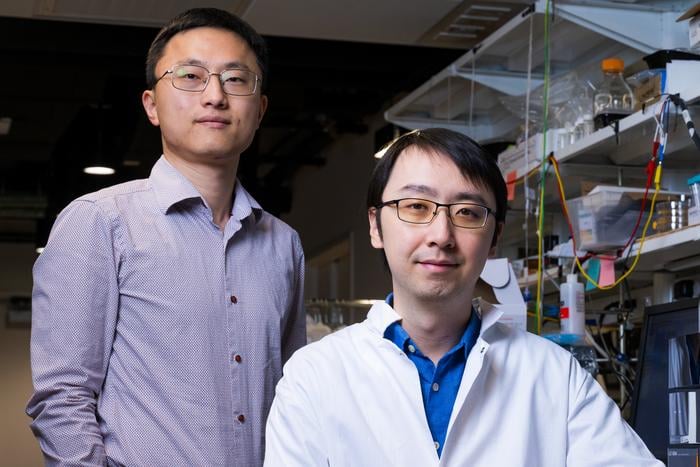Study Reveals New Reactor Design for Green Ammonia Production and Water Purification
Rice University engineers have developed a revolutionary reactor system that could transform ammonia production while simultaneously tackling water pollution. This innovative approach addresses two critical environmental challenges in one fell swoop.
Decarbonizing Ammonia Production: A Dual-Purpose Solution
Ammonia, a crucial component in fertilizers and various industrial products, currently accounts for 2% of global energy consumption and 1.4% of carbon dioxide emissions. The new reactor system, detailed in a study published in Nature Catalysis, offers a promising alternative to the energy-intensive Haber-Bosch process traditionally used for ammonia production.
Led by Haotian Wang, associate professor at Rice University, the research team developed a reactor that converts nitrates – common pollutants in industrial wastewater and agricultural runoff – into ammonia. This process not only produces a valuable chemical but also purifies contaminated water.
Feng-Yang Chen, the study’s lead author, explained the reactor’s innovative design: “We conducted experiments where we flowed nitrate-contaminated water through this reactor and measured the amount of ammonia produced and the purity of the treated water. We discovered that our novel reactor system could turn nitrate-contaminated water into pure ammonia and clean water very efficiently, without the need for extra chemicals.”
Addressing Water Pollution and Sustainable Chemical Production
The new reactor system offers several advantages over traditional methods:
1. It eliminates the need for denitrification in wastewater treatment plants.
2. It bypasses the energy-intensive Haber-Bosch process.
3. It provides an effective water decontamination method.
Pedro Alvarez, director of the Nanosystems Engineering Research Center for Nanotechnology-Enabled Water Treatment at Rice, highlighted the significance of this innovation: “Professor Wang’s innovation is very timely and important, as it offers a solution that eliminates nitrate toxicity and associated liability without the need to add treatment chemicals.”
The reactor’s design incorporates a porous solid electrolyte, eliminating the need for high concentrations of supporting electrolytes – a challenge that has hindered previous attempts at sustainable nitrate-to-ammonia conversion. Moreover, powering the process with renewable energy could make ammonia production essentially carbon-neutral.
Why it matters: This breakthrough has far-reaching implications for both environmental protection and industrial sustainability. By addressing both ammonia production and water pollution simultaneously, the technology could significantly reduce the carbon footprint of a major industrial process while also providing a solution for nitrate-contaminated water sources.
The research team’s findings suggest a greener approach to tackling water pollution and ammonia production, potentially influencing how industries and communities address these challenges. As Wang stated, “If we want to decarbonize the grid and reach net-zero goals by 2050, there is an urgent need to develop alternative ways to produce ammonia sustainably.”
Looking ahead, this research opens up new avenues for eco-friendly chemical processes. The reactor design and accompanying techno-economic assessment could inform further studies, potentially transforming how industries approach environmental challenges in chemical production and water treatment.


